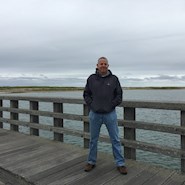Brian Brenner, P.E., F.ASCE, is a professor of the practice at Tufts University and a principal engineer with Tighe & Bond in Westwood, Massachusetts. His collections of essays, Don’t Throw This Away!, Bridginess, and Too Much Information, were published by ASCE Press and are available in the ASCE Library.
In his Civil Engineering Source series More Water Under the Bridge, Brenner shares some thoughts each month about life as a civil engineer, considering bridge engineering from a unique, often comical point of view.
Our car has two climate zones. Apparently, multiple climate zones in a car are now a thing. In our car, you can set two temperature settings in the front, one for the driver and one for the passenger. I like the car to be very cool, and my wife likes it to be very warm. We were driving one day, and both had our usual temperature settings on, and the cabin weather got a little bit extreme. At the boundary between the cold northwest air and the moist hot humid air mass, a weather front set up. The front was unstable, and a large (within the context of the driver’s cabin) cumulonimbus cloud formed. As I drove around curves in the road, rotation was induced. A small tornado dropped out of the car cloud, causing minor damage to the glove compartment.
OK, that didn’t actually happen, although the part about the extreme temperature differences is somewhat true. But how about this: say you are driving peacefully in Rhode Island, on a freeway in summer 2023. Keep in mind that Rhode Island is small, very small, almost more like a state-oid than an actual full state. When you drive on a freeway in Rhode Island, very soon you will be in Connecticut or Massachusetts, if not in the Atlantic Ocean. But while still in Rhode Island, imagine that you are peacefully driving on a freeway. Suddenly a tornado drops out of the sky and the funnel starts chasing your car.
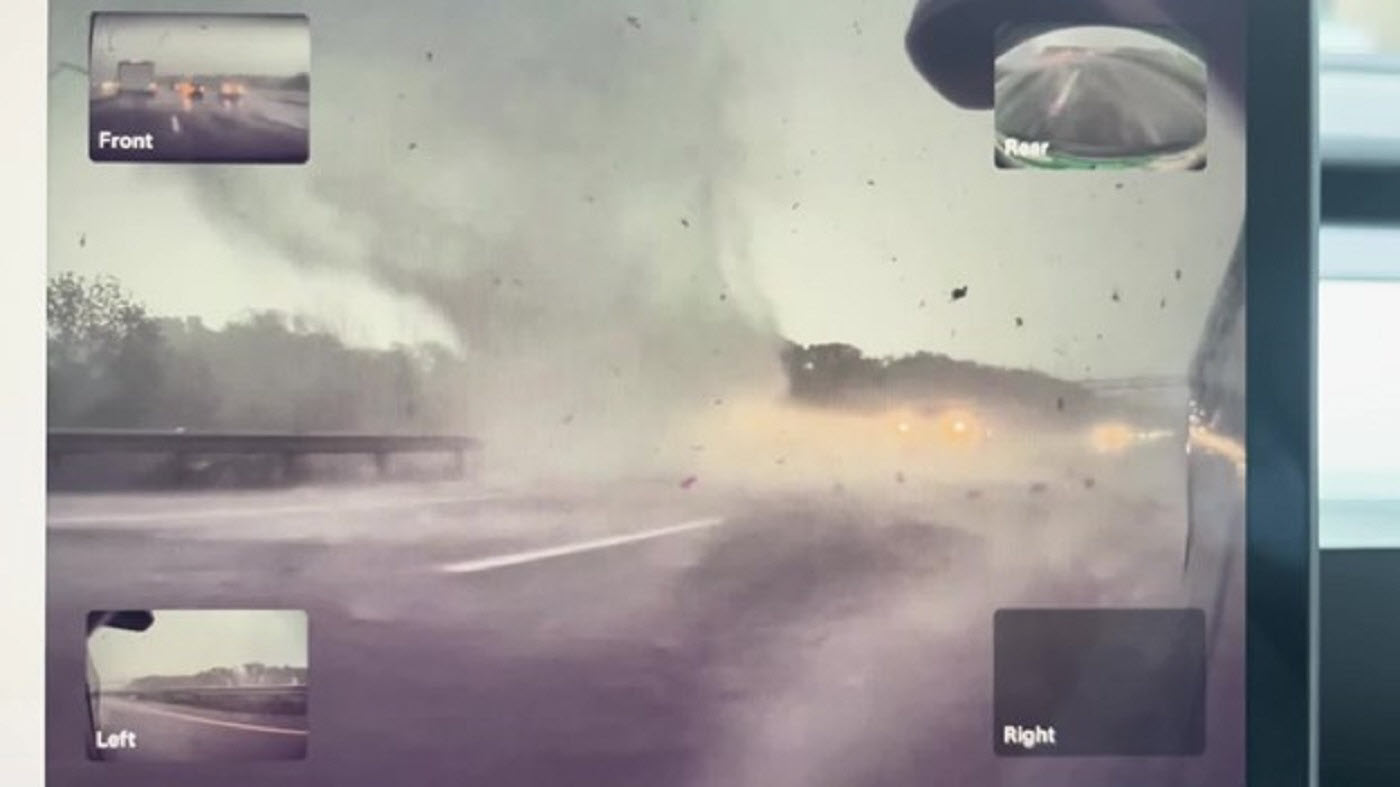
That really did happen. The tornado crossed I-295 west of Providence and lifted one vehicle about 10 feet into the air. Fortunately, the driver experienced only minor injuries, but the car was totaled.
Transportation facilities and infrastructure do not fare well when interacting with tornadoes. In a battle between the two, tornadoes usually win. Bridges tend to be more robust when confronted with twisters compared to buildings and especially trailer parks.
One of New England’s worst tornadoes struck Springfield, Massachusetts, on June 1, 2011. The storm danced along a 38-mile path. At one point, the funnel formed over the Connecticut River and crossed the Memorial Bridge. The crossing was captured in a video, here. The bridge was not damaged, but a truck tipped over in the wind.
Although bridges tend to be largely tornado-resistant, that is not always the case. The great St. Louis tornado of 1896 killed hundreds of people and destroyed a large swath of the city.
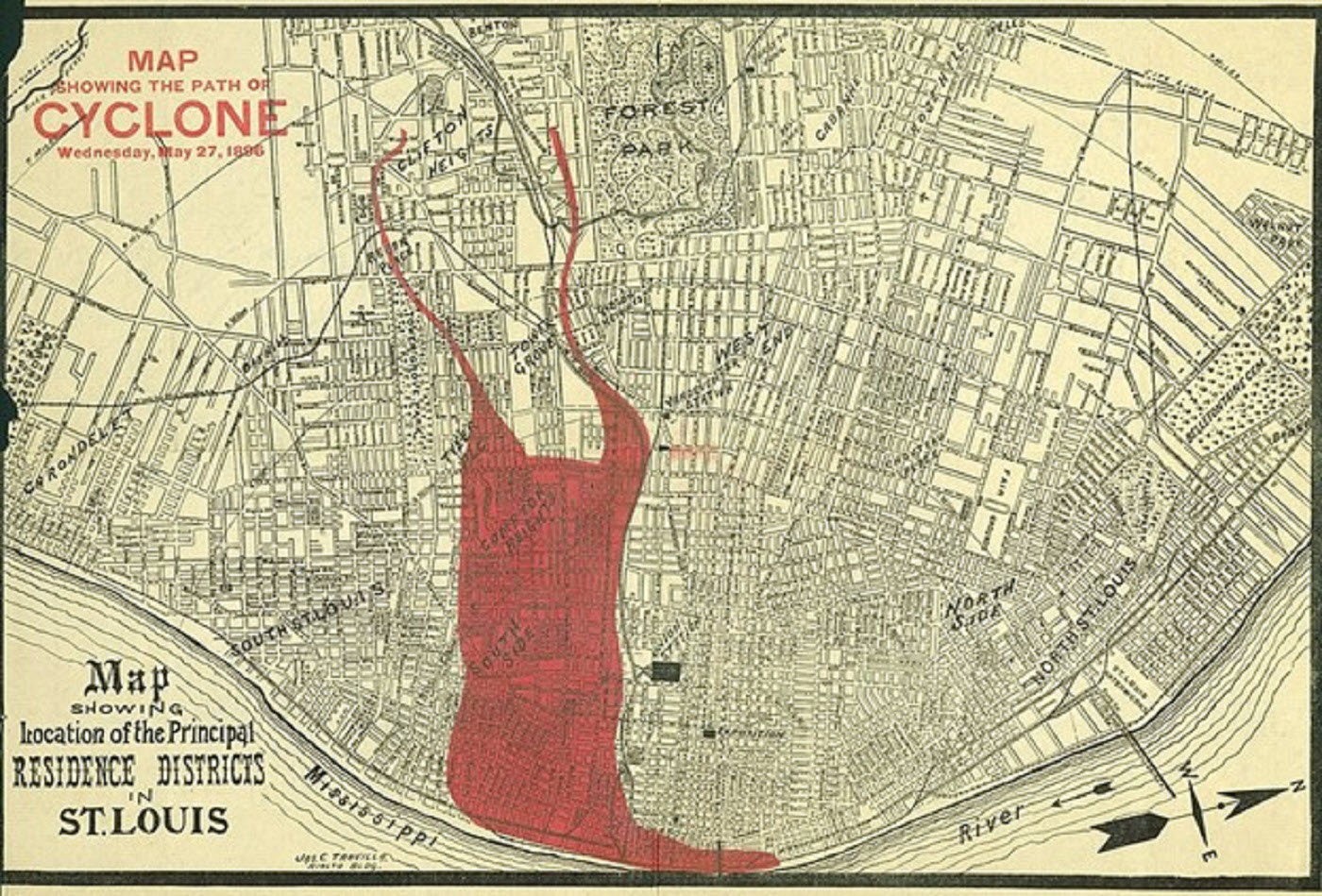
The tornado crossed the Mississippi River near the Eads Bridge, which was still under construction. The arches of the bridge survived unscathed, but the west approach was severely damaged.
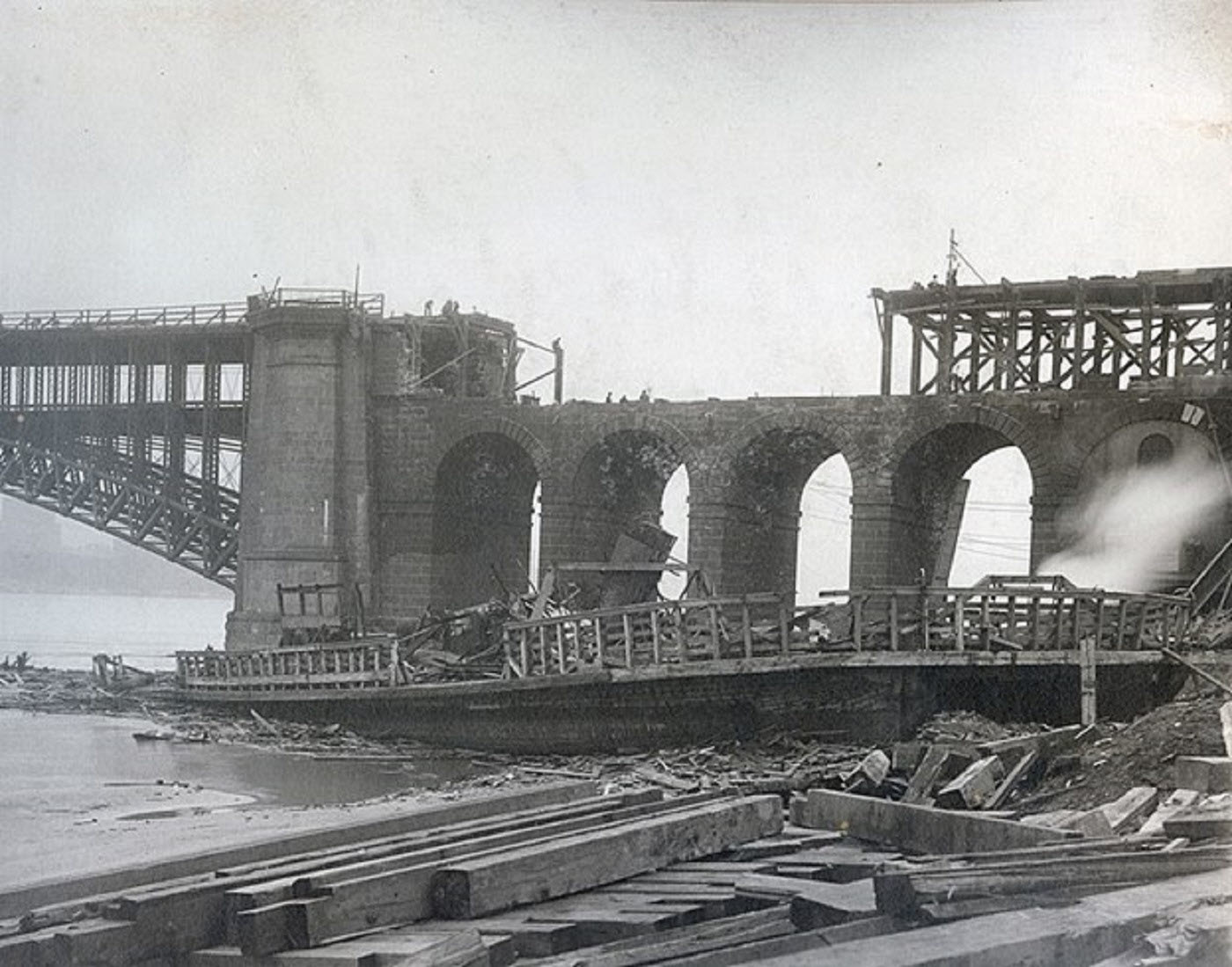
A prominent Pennsylvania state park memorializes the remains of a bridge that tipped over when it was hit by a tornado. The Kinzua Viaduct was a large railroad viaduct designated as the “Eighth Wonder of the World” when it first opened in 1882. It was the tallest railroad bridge in the world. The viaduct was originally constructed of iron, and then rebuilt in 1900 as a steel structure to accommodate larger loads of coal and bigger trains for the burgeoning steel industry. When the demand for coal dropped, commercial traffic stopped on the bridge in 1959. The bridge and surrounding area were then incorporated into a state park, and sightseeing passenger trains operated across the bridge.
The viaduct was closed in 2002, and plans were made for rehabilitation. In addition to steel corrosion, engineers were concerned that the tower anchorages were inadequate to resist winds and that embedded bolts and connections may have deteriorated. This turned out to be true. When an F1 tornado broadsided the structure on July 21, 2003, 11 towers tipped over, scattering debris all over the valley. The portions still standing have been remade into a pedestrian walkway and lookout.
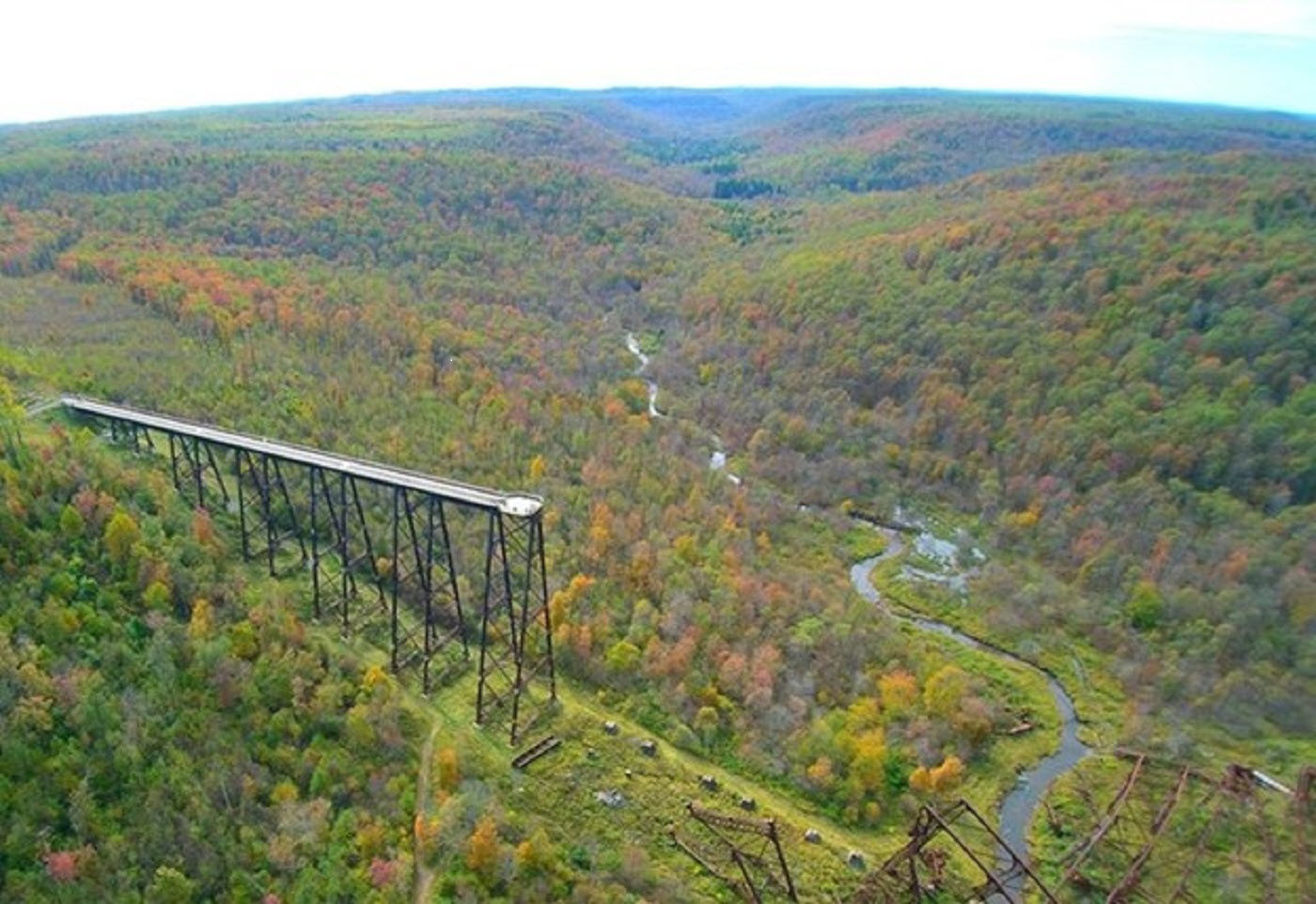
Overall, the summer of 2023 was one of weather discontent. Climate change events like intense local flooding and forest fires projected for the future seemed to be occurring in the present on a daily basis. Vast plumes of smoke from Canadian fires turned northeast skylines orange. Massachusetts was struck by several 400-year rain events, suggesting that maybe the statistical durations need to be reevaluated. Route 2, one of the two major east-west arteries in the state, was flooded out and closed twice. In my little town, there were three tornado warnings, each producing actual tornadoes (although fortunately not in my town). I don’t remember my town ever having a single tornado warning before, so it is not possible to calculate a percentage increase with three in a summer when the denominator is “0.”
Tornadoes and floods in New England are not new, and smoky fires have also occurred in the past. What is new is the seemingly increased frequency and ferocity of the events. Infrastructure engineers have the challenge of designing systems to address the impacts. Because in a confrontation between a tornado and a bridge, the tornado often wins, and should there be more tornadoes, we’ll have to improve on that outcome.



